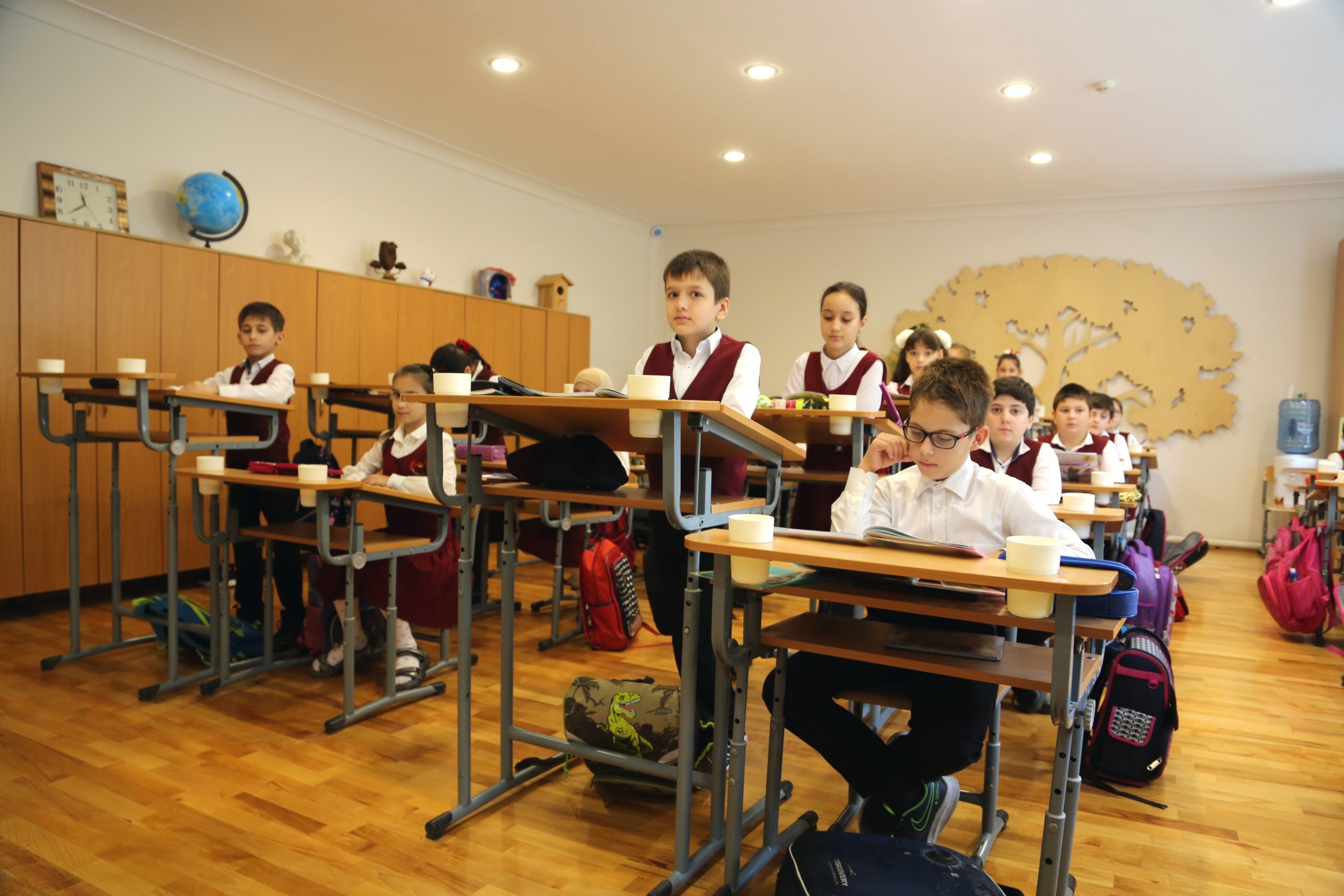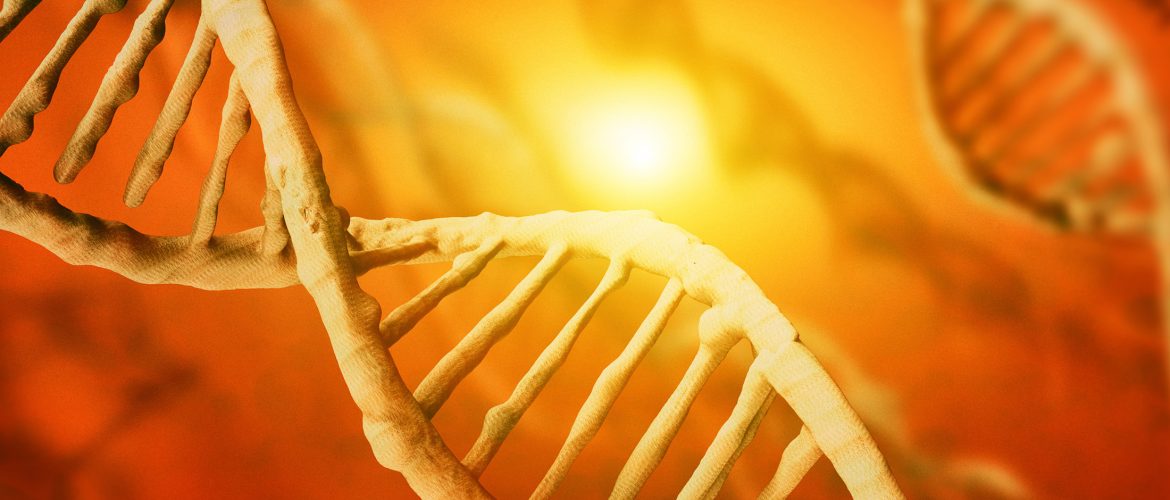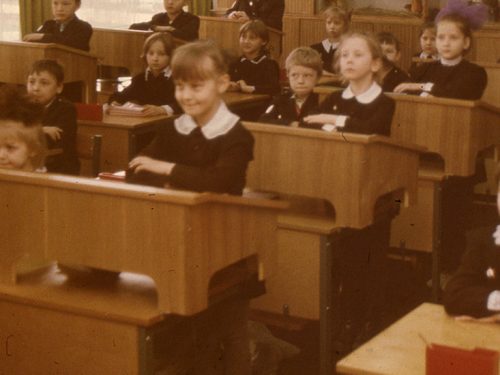Research: Cellular-genetic energy of students with different modes of learning
Research Institute for medical problems of the North, Krasnoyarsk
Introduction. The purpose of this paper was to study the cellular and genetic energy in different ergonomic modes of educational process: in traditional mode and in the mode of regime of orthograde posture with the use of stand-up desks and small motor activity (ACT).
Methods. The study was executed the metabolic status of lymphocytes of healthy students (8-9 years old) working two years: experimental class (EC) in the ACT mode, the control class (CC) in SPI mode (sedentary physical inactive regime).
Results. The metabolic processes in lymphocytes proceeded feebly in the spring (CC). It was noted (EC) increased activity of succinate dehydrogenase (SDH) and mitochondrial glitserofosfatdegidrogenazy: respectively 55,48% (p<0.001) and by 15.46% (p<0.05). The indicator of monoamine oxidase increased by 100% (p<0.001). The catabolic orientation of metabolism (high level of acid phosphatase – AP) in lymphocytes and neutrophils were predominant (CC). And the ACT mode reduced the level of catabolism (AP) as in lymphocytes and in neutrophils, respectively by 24.2% and 20.6% (p<0.001).
Analysis of SDH in lymphocytes (EC) revealed an increase in the average activity of the enzyme and changes in the structure of the population of immunocompetent cells.
The analysis of the level of fluorescence of monoamines have shown that ACT leads to increased fluorescence of catecholamines by 2.3 times (p<0.001).
The ACT mode leads to the increase of the functional capabilities of the CNS. This is manifested in the growth of the catecholamine-serotonin index by 3.3 times (p<0.001) compared to SPI, which reflects the increasing preservation of conditioned reflexes and transition from short-term memory to long-term one.
The ACT mode leads to a relative increase of functional capabilities of the CNS and reveal an extremely important fact: bodily muscle activity plays a special role in the mechanisms of activation of long-term cellular and genetic memory.
The ACT mode reduced by 2.3 times the leukocytic index of intoxication and increases the percentage of lymphocytes and their ratio to the segmented neutrophils (respectively by 59.5% and the 138.7%; p<0.001).
Conclusions. The level of cellular and genetic activity is directly proportional to the sensory motor activity of the child.

Regime of orthograde posture with the use of stand-up desks and small motor activity (ACT)




